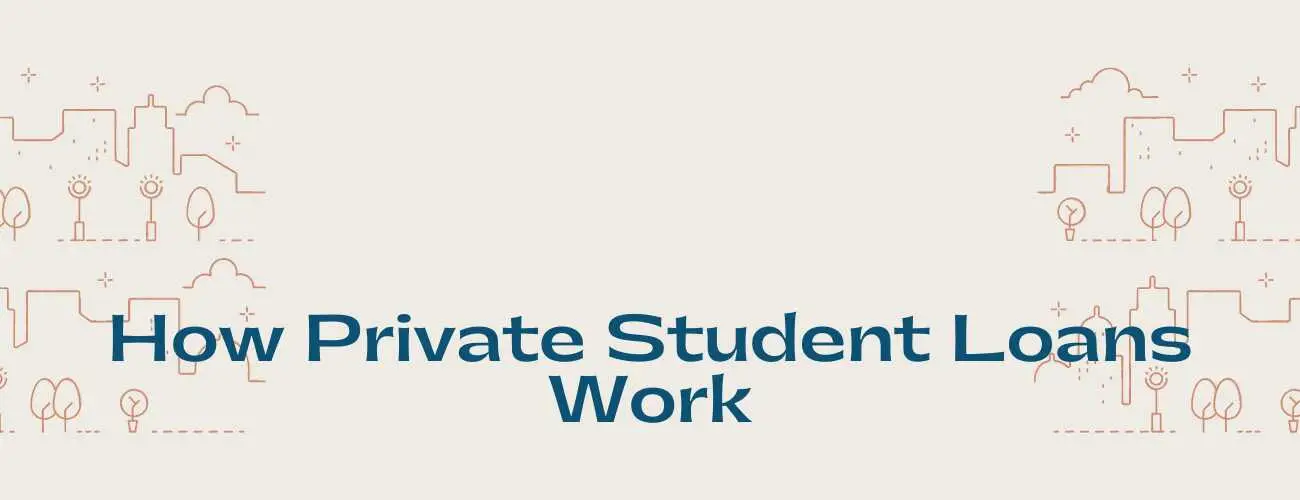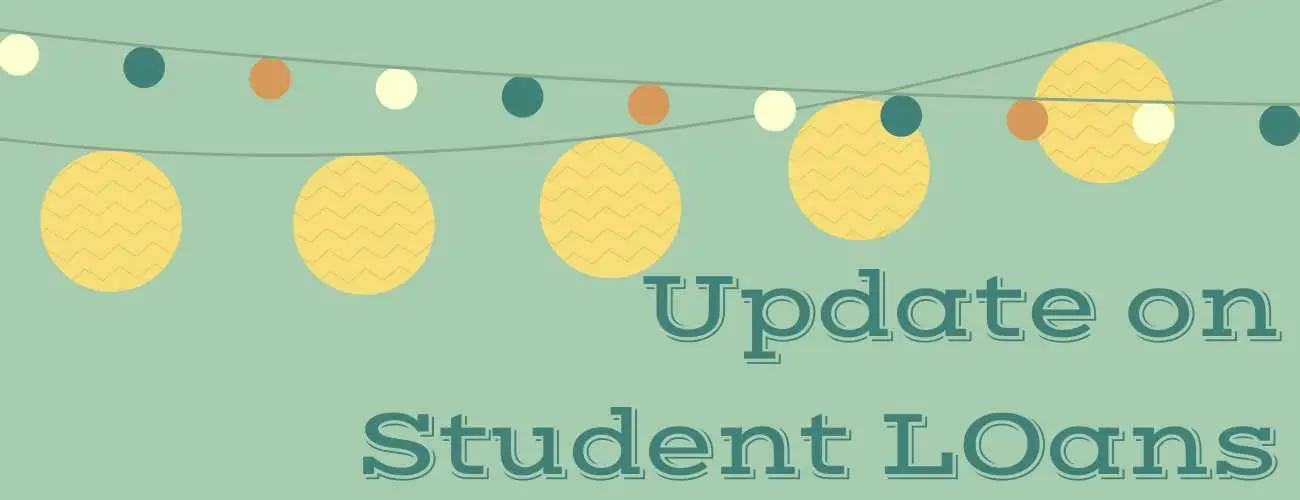APR Vs Interest Rate
Ever been on the cross roads on choosing a loan based on interest rate or on its APR? Here is an in dept study to help you decide.
Updated by Taskeen Fatema on 1st November 2019
You’re not alone if you’ve ever wondered how APR (Annual percentage Yield) works or how interest rate applies to your loan. The APR, or annual percentage rate, of a loan, can sometimes be transpired as being much more complex than just a simple interest rate. It is true that you may not need such information every second day, but it will definitely come in handy while applying for student loans or in case of refinancing.
Both the terms deeply impact how much money you’ll spend on total interest, so they should factor into your decision-making process when comparing loans and lenders. It’s hard to weigh your options when some student loans display an interest rate, and others state an APR.
Here, we will address some commonly asked questions about APR, Interest rate, the difference between the two, which loan gives us the better rate, how they work, what it includes and what it doesn’t include.
Table of contents
What is APR?
Annual Percentage Rate, simply put is the annual(yearly) cost of a loan to a borrower — including fees. Like an interest rate, the APR is expressed in the form of a percentage. However, unlike an interest rate, it includes other charges or fees as lender fees, closing costs, broker fees, rebates, discount points, service charges as well such as loan origination fees. Since APR is calculated on a yearly (annual) basis, it will be higher than the interest rate for loans with frequent payments, short terms, or compounding interest.
The APR is sometimes called the effective interest rate because what it essentially shows is the interest rate on the money that you actually received after you’ve paid fees and costs.
If you take out a $10,000 loan at 5 percent interest with a $500 upfront origination fee, you only receive $9,500. But your interest charges are still based on an initial loan balance of $10,000. So while your interest rate is 5 percent, your effective interest rate on the $9,500 you actually received is 5.43 percent (assuming a 10-year repayment term).
APR and payments to be made
When borrowing money, note that lower the APR is on a loan, the cheaper it will be over time, but it doesn’t mean you’ll have an equally low monthly payment. It is, in fact, a very effective rate to consider when comparing loans.
Annual percentage rates give you a better idea of how much you’re really paying on your loan. Under the Federal Truth and Lending Act, the APR has to be disclosed to the borrower by Federal law. You can definitely compare lenders and loan offers based on the APR. The APR can be higher or lower depending on if points are being added.
Most often, lenders advertise artificially low APR rates because discount points are required to be paid. The APR should always be greater than or equal to the nominal interest rate, except in the case of a specialized deal where a lender is offering a rebate on a portion of your interest expense.
Benefits of APR
As we mentioned before, a major benefit of the APR is that it can provide a better comparison of loan costs with a more comprehensive view. If you just compare straight interest rates, you could miss the big picture in terms of the total cost of the loan which doesn’t always tell the whole story, and sometimes those additional fees end up making a big impact. Because of that, a loan’s APR may be higher than its interest rate.
For example, the current interest rate on a Direct PLUS loan is 6.31%, but the loan origination fee is a hefty 4.276%. Opens a New Window. That can make it a more expensive option than a private loan with a lower interest rate and/or a lower origination fee.
In the world of student lending, you might want to compare the cost of private student loans to federal direct PLUS loans. All federal student loans carry upfront fees that are taken out of the loan proceeds before you receive it. PLUS loans carry the highest upfront fees of all-around 4.3 percent.
Graduate students and parents taking out PLUS loans for the fall of 2018 will pay 7.6 percent interest. But when you factor in the upfront fee that’s taken out of PLUS loans before the loan is disbursed, the APR on PLUS loans can be more than 8 percent.
What is an Interest Rate?
The advertised rate, or nominal interest rate, is used when calculating the interest expense on your loan. It refers to the annual cost of a loan or rent charges to a borrower that a lender charges on a sum of money. The annual interest rate on a loan or any other kind of debt is expressed as a percentage describing the yearly cost of borrowing money. The interest rate on your student loan is an important factor of consideration while choosing a loan.
The calculation of yearly interest rate payment is very simple – it is calculated by multiplying the interest rate percentage by the total outstanding balance of the loan.
For example, on a loan of $20,000 with an annual interest rate of 5%, you'd pay $1000 in annual interest during the first year of repaying the loan. On installment loans with fixed payment schedules, interest payments will decrease over time as the balance of the loan is paid off. For this type of loan, payments are comprised of paying down interest and principal.
Interest rates are lower than the APR usually by a few tenths of a percentage point. The best APR may not be the best rate or lowest payment but it will be the cheapest over the life of the loan.
A confusing scenario that arises sometimes making it seem perplexing to borrowers is when two lenders are offering the same nominal rate and monthly payments but different APRs. In a case like this, the lender with the lower APR requires fewer upfront fees and offers a better deal.
Worried about your tuition? Learn more about student loans
Comparison between APR and Interest Rate
To help you better understand one of the costs of loans and credit, let's break down the basic differences between APR and interest rate.
The fundamental difference between APR and Interest Rate is simply stating that the APR is the true cost of the loan, while the interest rate is just the amount of interest you’ll pay.
| APR | Interest Rate |
| The annual rate that takes all loan-related fees into account | The rate that includes only the cost of borrowing money over a certain period |
| Equals the interest rate plus other loan costs | Often calculated monthly and not yearly |
| More representative of the total cost of borrowing | Doesn't account for all loan charges |
In fact, interest rates are often times calculated by month. To find the APR of such a loan, the interest rate is multiplied by 12.
As we mentioned before, a major benefit of the APR is that it can provide a better comparison of loan costs with a more comprehensive view. If you just compare straight interest rates, you could miss the big picture in terms of the total cost of the loan which doesn’t always tell the whole story, and sometimes those additional fees end up making a big impact. Because of that, a loan’s APR may be higher than its interest rate.
For example, the current interest rate on a Direct PLUS loan is 6.31%, but the loan origination fee is a hefty 4.276%. Opens a New Window. That can make it a more expensive option than a private loan with a lower interest rate and/or a lower origination fee.
In the world of student lending, you might want to compare the cost of private student loans to federal direct PLUS loans. All federal student loans carry upfront fees that are taken out of the loan proceeds before you receive it.
PLUS loans carry an upfront fee of all-around 4.3 percent. Graduate students and parents taking out PLUS loans for the fall of 2018 will pay 7.6 percent interest. But when you factor in the upfront fee that’s taken out of PLUS loans before the loan is disbursed, the APR on PLUS loans can be more than 8 percent.
How do I decide what matters most to me?
If your main objective is to have the lowest monthly payment on your loan then you should be looking for the lowest interest rate.
If you want to pay the least amount on the overall life of the loan, more than having the lowest monthly, then you should be looking for the lowest APR.
How to obtain a lower rate?
The most important factor that the lender refers to in order to decide which rate they can offer, is your credit score. The higher your credit score, the lower the rate and APR will be. Therefore, make sure to maximize your credit score before applying for a loan to get the best rates.
Conclusion
Now we know that the APR is intended to give you more information about what you’re really paying in contrast to the interest rate. Since all lenders must follow the same rules to ensure the accuracy of the APR, borrowers can use the APR as a good basis for comparing certain costs of loans. Compare and understand the difference between one loan’s APR against another loan’s APR to get a fair comparison of the total cost and be sure to compare actual interest rates, too This is turn will save you a lot of money.



93.jpg)


28.jpg)
